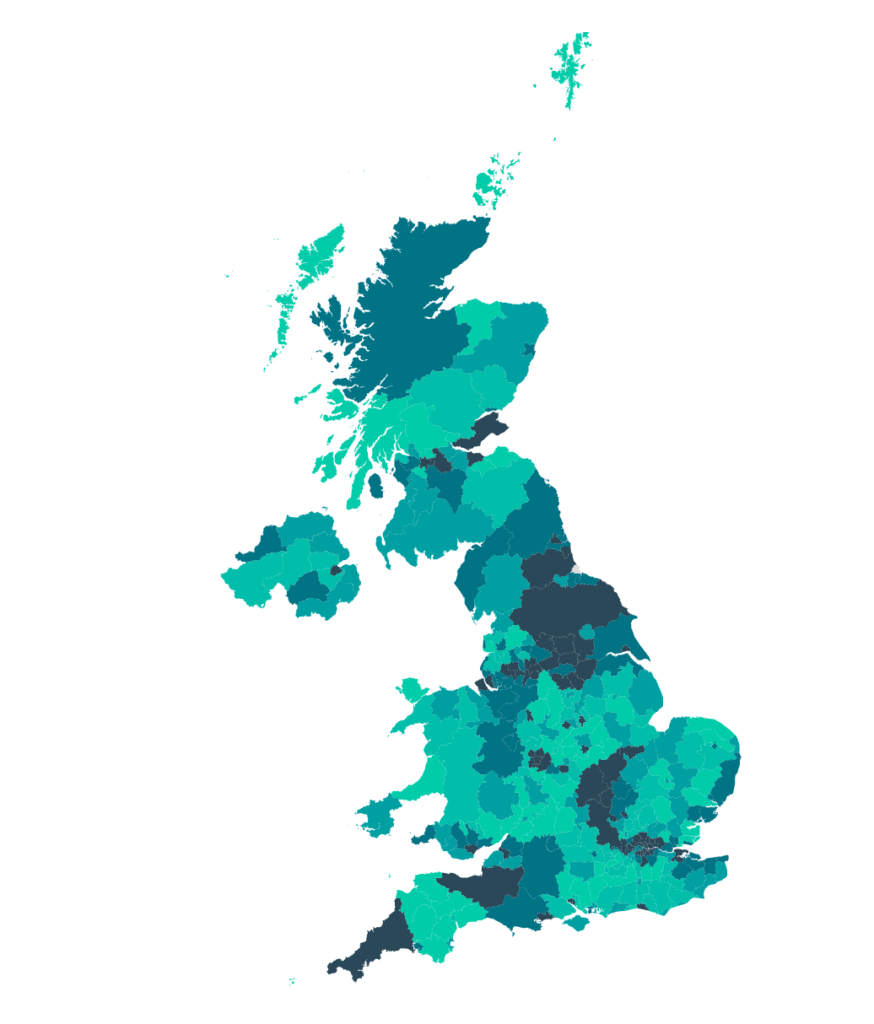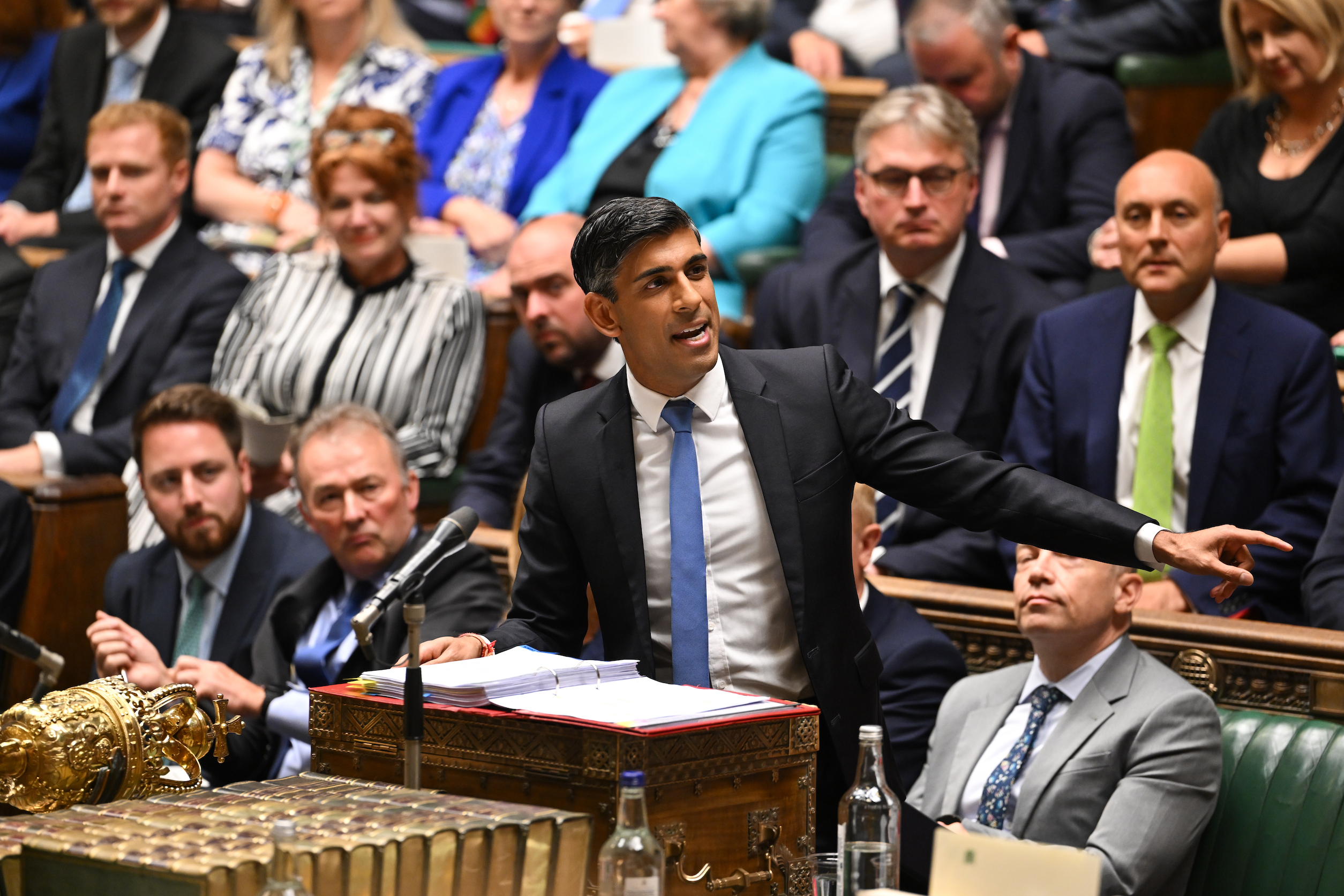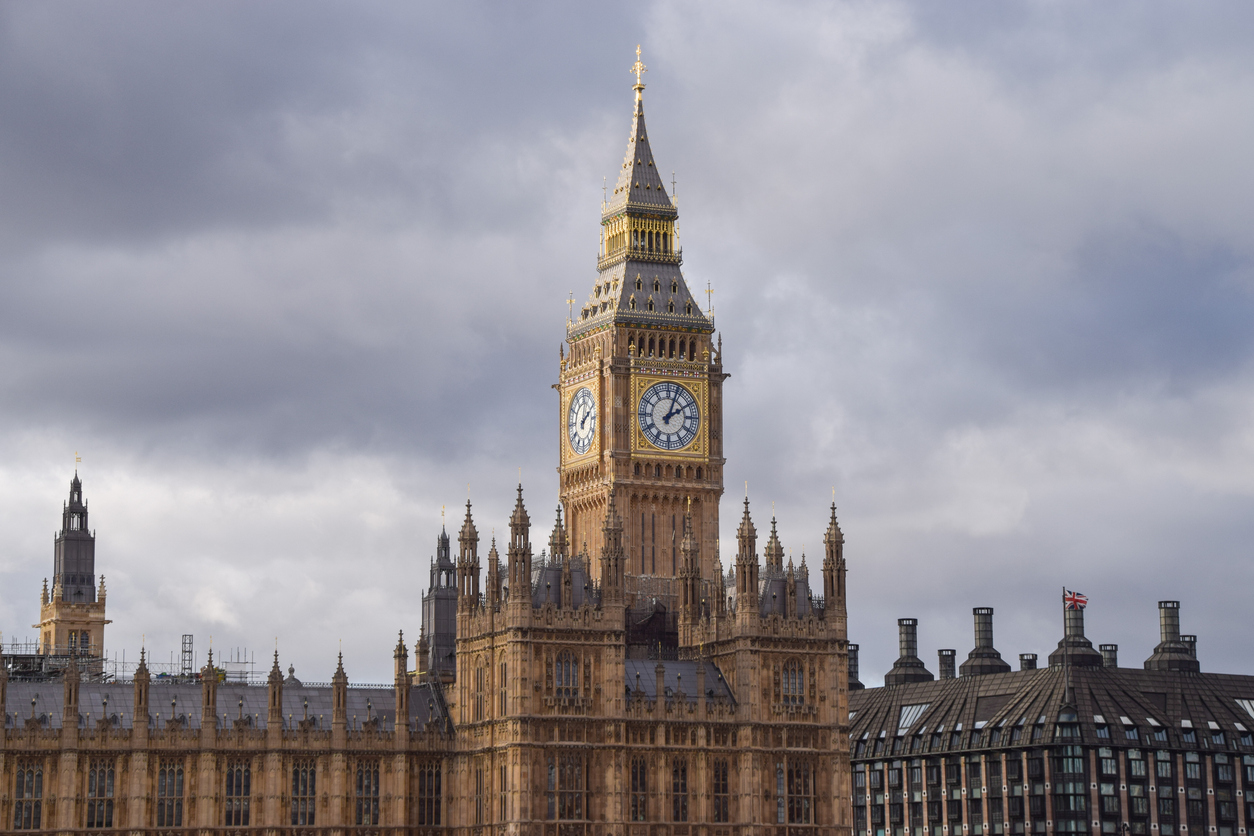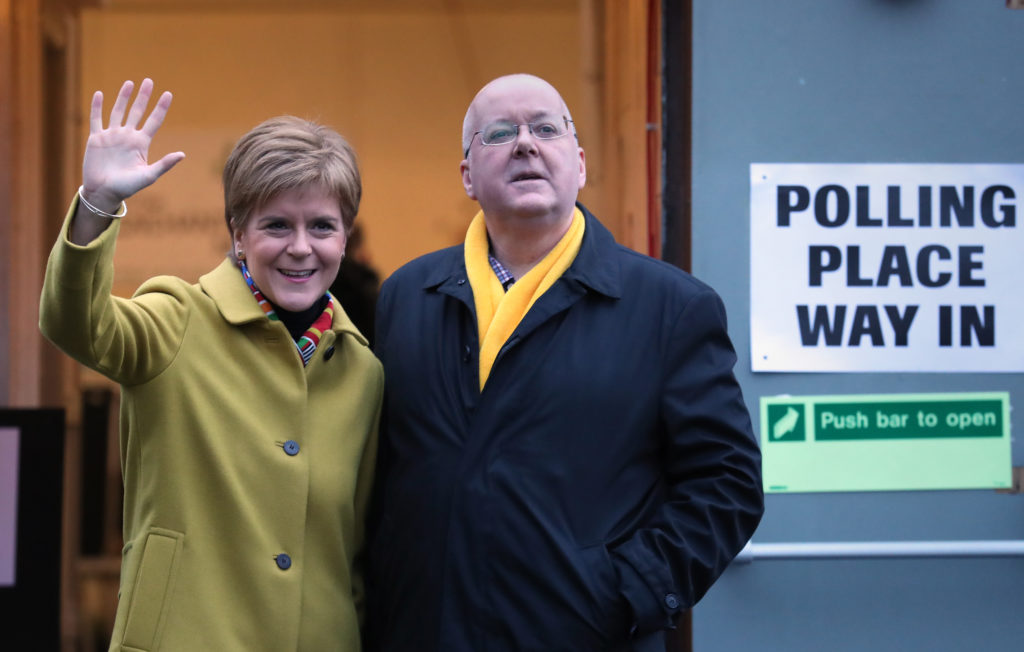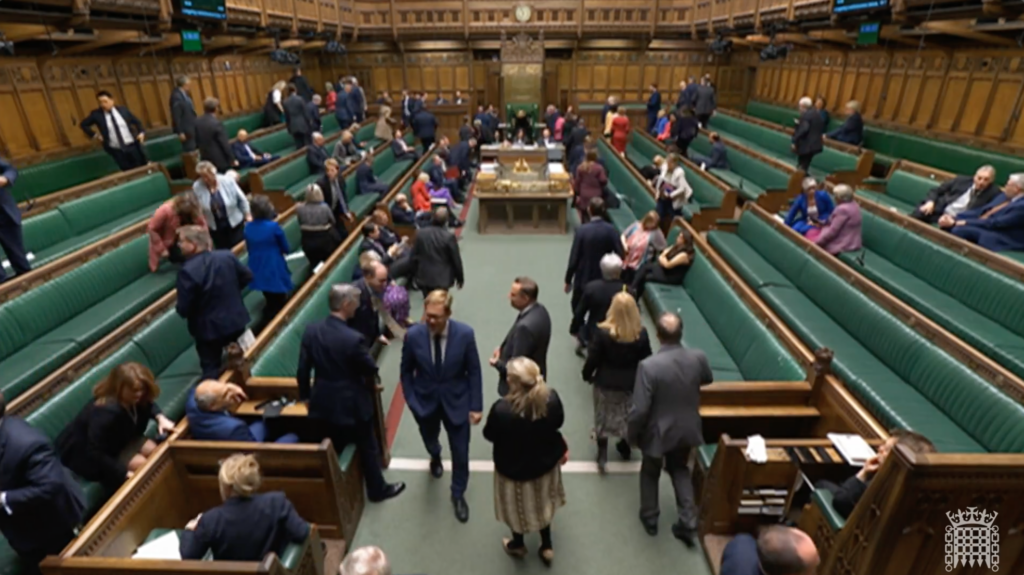How many people are employed in the UK?
In October 2023, UK unemployment was at 4.2%. This is below that of Germany (5.6%) and France (7.2%).Despite concerns over inflation and economic growth, the UK is still experiencing a historically low unemployment rate.
What is unemployment?
Unemployment is an economic indicator that refers to the proportion of people in an economy who are willing and able to work, but are unable to find a job. A person in this situation is said to be unemployed.
People who are not willing or able to work are ‘economically inactive’ and do not count towards unemployment figures. In other words, a country’s ‘unemployment rate’ is expressed as a percentage of the country’s labour force, not of its entire population.
High unemployment rates are typical of a struggling economy, where labour supply outstrips demand from employers. When an economy has high levels of unemployment, it is not using its economic resources efficiently.


Unemployment also carries significant social costs for wider society. These are first and foremost manifested in financial hardship. However they also lead to feelings of under stimulation and rejection. In this way unemployment is said to lead to damaging social and psychological consequences among those affected. Studies have repeatedly linked unemployment to rising crime, suicide rates, and the deterioration of mental and physical health.
In 2019, prior to the covid 19 pandemic, unemployment rates had been falling steadily for 8 years in the UK.
Economists distinguish several types of unemployment. Cyclical unemployment is brought about by the changing trends in the business cycle; structural unemployment is caused by fluctuations in the economy or the labour market; frictional unemployment occurs when people are “between jobs”; and seasonal unemployment refers to annual time periods when demand for labour is lower than usual.
International Rates of Unemployment
Prior to the coronavirus pandemic, in December 2019, the rate of unemployment in the United Kingdom at between 3-4%, was similar to that of the United States of America and marginally higher than that of Germany at 3.1.%. In December, 2019, the United Kingdom’s rate of unemployment at the time was significantly lower than that of France (8.9%) and Spain (13.9%).
Youth Unemployment
Youth unemployment is a growing issue in developing economies, and remains high relative to the rest of the population.
According to the Office of National Statistics, in December 2020, 515,900 young people aged 18-24 in the UK were claiming unemployment related benefits. This represented just under a third of total unemployment benefit claimants.
Long-term youth unemployment has been linked to consistently low wages, poorer health conditions and further periods of unemployment, later in life. According to Youth Unemployment UK, the wider social and economic impacts of long-term youth unemployment could cost the government £28 billion over the 2020s.
Youth unemployment in the UK fell from 14.7% in December 2019, to 11.4% in May 2023.
Compared with rates across the European Union, from June 2023, the UK’s youth unemployment rate is below the EU average of 14.1% and on par with Latvia and Poland (at approximately 11%), Sloveniarecorded the lowest youth unemployment rate of 5.6%, followed by Germany at 6.1%. Spain experienced the highest levels of youth unemployment (27.4%) followed by Greece (23.6%) and Sweden(21.8%).
How is unemployment calculated?
At present, the government uses two principal measures of unemployment: the Labour Force Survey (LFS), and the Claimant Count.
The Labour Force Survey is conducted by the Office for National Statistics, gathering quarterly data from households living at private addresses in the UK. As of 2020, the survey was attracting a household response rate of around 60%, down 10% from the beginning of the century. Participants are classed as employed, unemployed or economically inactive on the basis of the past month’s activity. The primary criticism of the LFS is that the survey may be subject to sampling errors, or may not be completed with sincerity.
The Claimant Count measures the (seasonally adjusted) number of people claiming jobseekers allowance. This has increasingly been viewed as less accurate, given that not all unemployed people are eligible for benefits. Conversely, many may choose not to make claims, despite being eligible.
Moreover, the Claimant Count excludes those over pension age (who usually claim pensions rather than work related benefits), those under 18, anyone on government training schemes, and those looking for part-time work. Individuals may not be eligible for contribution-based jobseekers allowance if their level of savings or their partner’s income is considered too high.
In the course of the last forty years, the government has changed the eligibility criteria for jobseekers’ allowance some thirty times. This has generally reduced the claimant count, thereby increasing the gap between the two measures of unemployment.
History of Unemployment in Post War Britain
1950s and 1960s
The 1950s and 1960s saw very low unemployment rates (around 3% on average) as a result of the “post war boom”. During the Second World War, servicemen had been promised full employment after victory, and no government was prepared to break this pledge. Technological advances and the stable international trade environment further supported a position of full employment – although the majority of working age women remained economically inactive during these decades.
1970s
The boom years began to decline in the 1970s, as the energy crises of 1973 and 1979 generated “stagflation”; a combination of rising inflation and rising unemployment.
In January 1972, unemployment topped 1 million for the first time in history. During the 1979 “Winter of Discontent”, unemployment had risen to 1.1 million.
1980s and 1990s
During the early 1980s, unemployment rose further. Following a very sharp recession, unemployment exceeded 3 million in 1982. The January 1982 unemployment figure of 3,070,621 represented 12.5% of the working population, and in some parts of the country, the rate was far higher.
As the economy started to grow again through the mid 1980s, unemployment began to fall, although this trend was later temporarily arrested during the recession of the early 1990s. By 1999 unemployment had dropped to around 1.7 million.
2000-2010
The decline in unemployment continued until 2005, with official figures recording unemployment at 1.397 million. In the last two years of the Blair government, between 2005 and 2007, unemployment began to rise.
Soon after Gordon Brown became Prime Minister, the UK was dealing with the consequences of the global financial crisis, and unemployment figures rose to 1.79 million, its highest level for over a decade. By the time of the General Election in May 2010, unemployment had risen to over 2.5 million.
2010-2020
Upon taking office in 2010, David Cameron forecast that unemployment would begin to fall. Nonetheless, unemployment continued to rise.
Official figures published in October 2011 showed that from June-August 2010, 2.57 million people were unemployed – the highest recorded figure since 1994.
In response to this rise, the then Leader of the Opposition, Ed Miliband pressured the Prime Minister to develop a “credible plan to get people back to work in this country.”
Cameron however remained adamant that “we must not abandon the plan that has given us record low-interest rates”, adding that “if we changed course on reducing our deficit, we would end up with interest rates like those in Portugal, Spain, Italy and Greece and we would send our economy into a tailspin.”
The trend of rising unemployment continued through to the beginning of 2012, when there were increasing signs of stabilisation in the labour market. By March 2012, unemployment figures revealed a decrease of 5,000 compared to the previous month.
By February 2017, unemployment had dropped by over a million since the start of the decade and the number registered as being unemployed had dropped to 1.56 million (4.7%). By September 2019, the rate of unemployment had fallen further to 3.8%.
At the end of the 2019, and prior to the coronavirus pandemic, the UK was recording fairly low unemployment rates in historical terms, comparable to those of the mid-1970s (at around 4%).
2020s
The steady decline in unemployment for the previous eight years was abruptly halted with the emergence of the coronavirus pandemic in 2020 and the associated severe economic contraction.
In response to the pandemic, the UK Government announced a national job retention (furlough) scheme, paying 80% of staff wages (up to monthly a cap of £2,500) in industries forced to close under periods of national lockdown. Under peak demand in May 2020, the furlough scheme was supporting 8.86 million jobs.
Even with the furlough scheme in operation, by November 2020, the UK’s unemployment rate had risen to 1.72 million. This equated to a rate of 4.7%, a rise of 0.9% in twelve months.
Unemployment was predicted to grow further after the end of the furlough scheme in the second half of 2021, albeit with the economy rebounded, unemployment levels have been less than previously predicted.
Unemployment in the three months to March 2022 had droppedback down to 3.7%. This was the lowest rate recorded since 1974. There were officially fewer people out of work than there were job openings for the first time on record.
Quotes
“The true picture revealed in our report shows beyond any shadow of doubt the government has to totally rethink the timid and inadequate steps it has taken so far to support full employment in Britain”…..”It is spending too little this year on employment programmes like Restart and Kickstart for the young and on encouraging firms to take on apprentices and deliver traineeships. This new evidence means government must launch a far more ambitious and extensive job-creation programme to avert an unemployment tsunami.” – Former Prime Minister Gordon Brown, commenting on the UK’s published employment data, January 2021
“The government is sleepwalking into an unemployment crisis.” – Lord Forsyth, Chair of the House of Lords Economic Affairs Committee, 2020
“Today I want to say the Conservative Party will not stand aside and allow unemployment to claim livelihoods and ruin lives on a massive scale. We will not walk on by while people lose their jobs. […] You don’t need a long memory in this country to remember the trauma of mass unemployment. As a recession sets in, hundreds of thousands of people are at risk of losing their jobs, and as recessions go on, long-term unemployment soars. That is a tragedy for the people involved, and it’s a tragedy for us, too, for all of society.” – Former Prime Minister David Cameron, 2008
Statistics
From July-September 2020, the UK unemployment rate was 5.0%. The rate was 4.5% for people from a White ethnic background compared to 8.5% for people from minority ethnic backgrounds. In the year leading up to June 2020, the unemployment rate was highest for those from a Pakistani (9%) ethnic background. (Source – House of Commons Library, Unemployment by Ethnic Background, 2020)
As of 31 October 2020, 369,000 jobs held by those aged 24 or under were on furlough, which was 9% of eligible jobs. Almost two million jobs held by young people, and almost half of eligible jobs, were furloughed at some point between March and the end of July. (House of Commons, Youth Unemployment Statistics, 2020)









